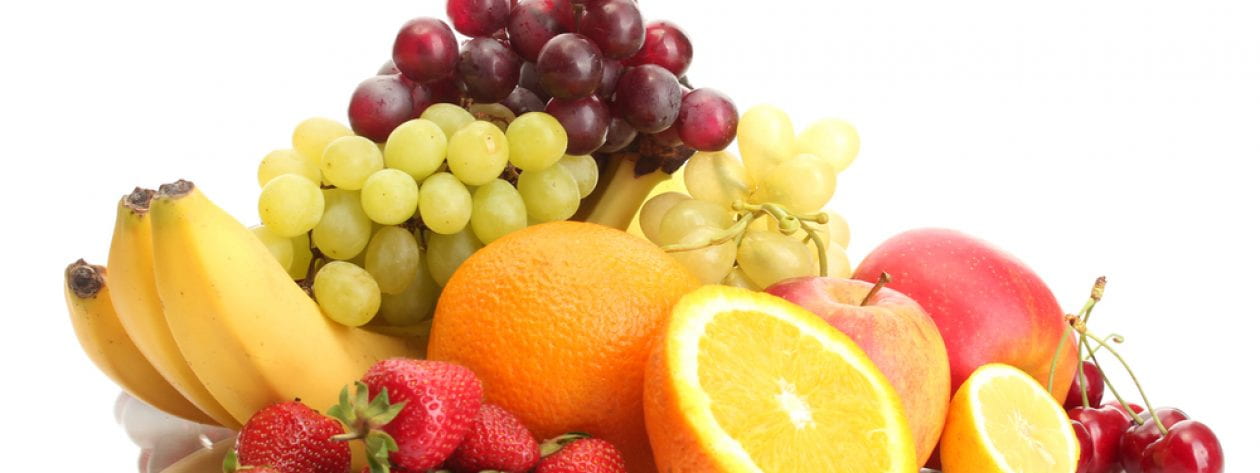Cabbage, celery or lettuce, what is this mysterious vegetable? Bok choy is a variety of the Chinese  cabbage and is commonly called a soup spoon because of its shape. The white stalks resemble celery, while the leafy greens on the end of the stalks are very similar to romaine lettuce. This unique vegetable is commonly found in Asian-style dishes. Bok choy originated in China almost 5,000 years ago and was introduced to European countries in the 1800s. It can now be found all over North America and is grown in California and Canada.
cabbage and is commonly called a soup spoon because of its shape. The white stalks resemble celery, while the leafy greens on the end of the stalks are very similar to romaine lettuce. This unique vegetable is commonly found in Asian-style dishes. Bok choy originated in China almost 5,000 years ago and was introduced to European countries in the 1800s. It can now be found all over North America and is grown in California and Canada.
Bok choy is a great addition to your meal for both its flavor and health benefits. This leafy vegetable has a very mild flavor when cooked that can easily be paired with many different foods. The mild flavor makes it perfect for stir-frys or soups. It even tastes great sauteed or braised. The green leaves add a beautiful punch of green to dishes that are lacking in color.
 Similar to broccoli, cauliflower and kale, bok choy contains phytochemicals, vitamins and minerals. It’s packed with Vitamin K, Vitamin C, and Vitamin A. Bok choy is also a good source of calcium. Vitamin C and Vitamin A are both antioxidants that help protect your cells from damage caused by free radicals. Vitamin A also protects your eyes from damage like macular degeneration. Vitamin K is essential for blood clotting along with the regulation of bone mineralization. The combination of Vitamin K and calcium in bok choy make it a perfect addition to your meal to ensure you’re keeping your bones healthy.
Similar to broccoli, cauliflower and kale, bok choy contains phytochemicals, vitamins and minerals. It’s packed with Vitamin K, Vitamin C, and Vitamin A. Bok choy is also a good source of calcium. Vitamin C and Vitamin A are both antioxidants that help protect your cells from damage caused by free radicals. Vitamin A also protects your eyes from damage like macular degeneration. Vitamin K is essential for blood clotting along with the regulation of bone mineralization. The combination of Vitamin K and calcium in bok choy make it a perfect addition to your meal to ensure you’re keeping your bones healthy.
Bok choy can be found at any local grocery store as well as in many recipes in the dining commons. If you want to experiment with bok choy at home, try adding it to a vegetable stir fry with chicken or tofu or try this recipe for Brothy Chinese Noodles from Eating Well. If you live on campus (or are just feeling lazy) the dining commons have a lot of options for you to try. Some recipes include Ginger Glazed Bok Choy and the Vegetable Teriyaki Stir Fry. So next time you stop in for a meal, make sure Bok Choy makes it onto your plate! ![]()
Resources:
“Brothy Chinese Noodles.” EatingWell. N.p., Jan.-Feb. 2010. Web. 02 July 2015. <http://www.eatingwell.com/recipes/brothy_chinese_noodles.html>.
Busch, Sandi. “What Are the Health Benefits of Bok Choy.” Healthy Eating. N.p., n.d. Web. 02 July 2015. <http://healthyeating.sfgate.com/health-benefits-bok-choy-1551.html>.
Parkinson, Rhonda. “Bok Choy – Information and Recipes.” About Food. N.p., n.d. Web. 02 July 2015. <http://chinesefood.about.com/od/vegetablesrecipes/a/bokchoy.htm>.
Zelman, Kathleen, MPH RD LD. “Bok Choy: 10 Fun Facts.” WebMD. WebMD, 8 May 2014. Web. 02 July 2015. <http://www.webmd.com/food-recipes/bok-choy-10-healthy-facts>.
Photo adapted from Jules
Photo adapted from dollen
Photo adapted from studio tdes
